Overview
MS and PhD students in Mechanical Engineering & Mechanics can choose from a wide range of graduate-level courses offered within the department. Some degree programs, including the MS - Interdisciplinary Engineering track, also allow students to build flexible degree programs with specialized concentrations in emerging fields. Refer to the individual program descriptions for complete guidelines on course selection.
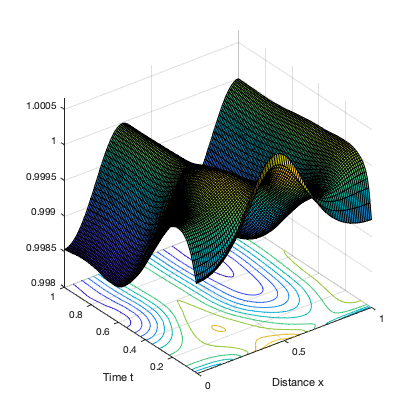
ME452 - Mathematical Methods in Engineering I
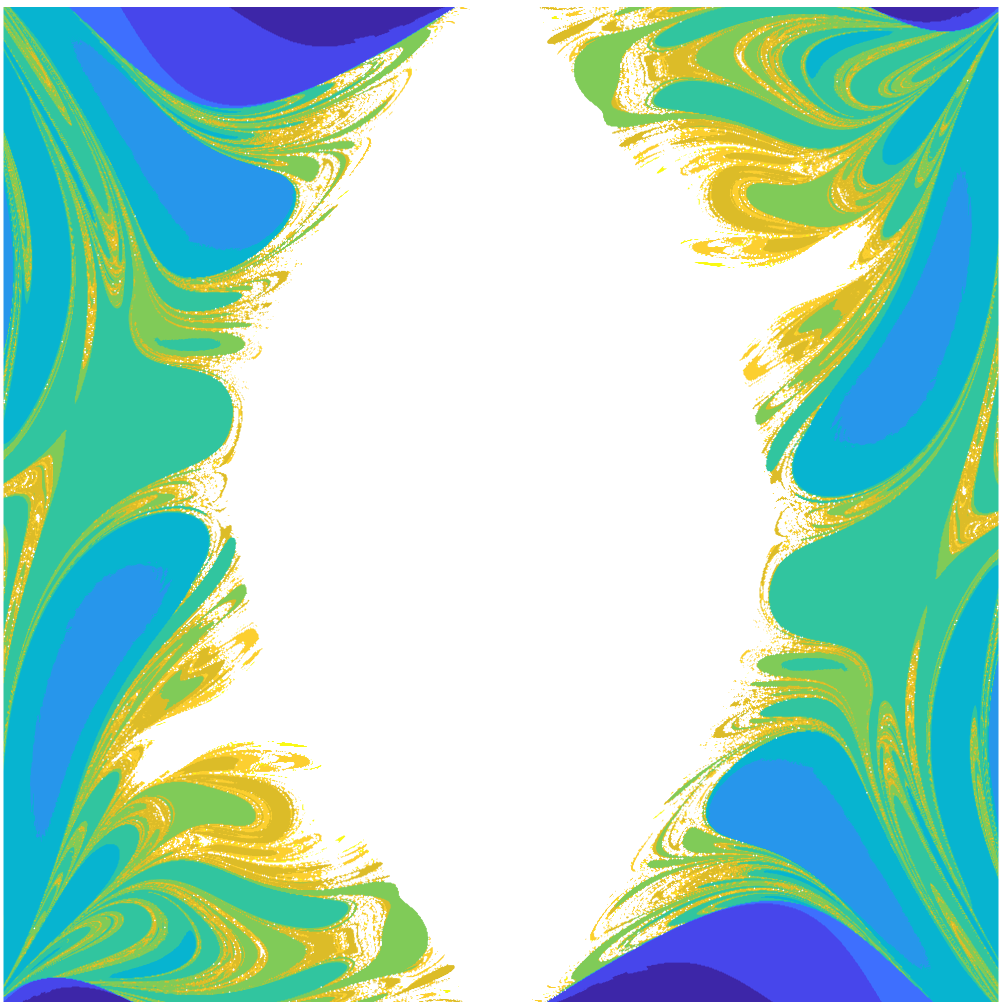
ME413 - Numerical Methods in Mechanical Engineering
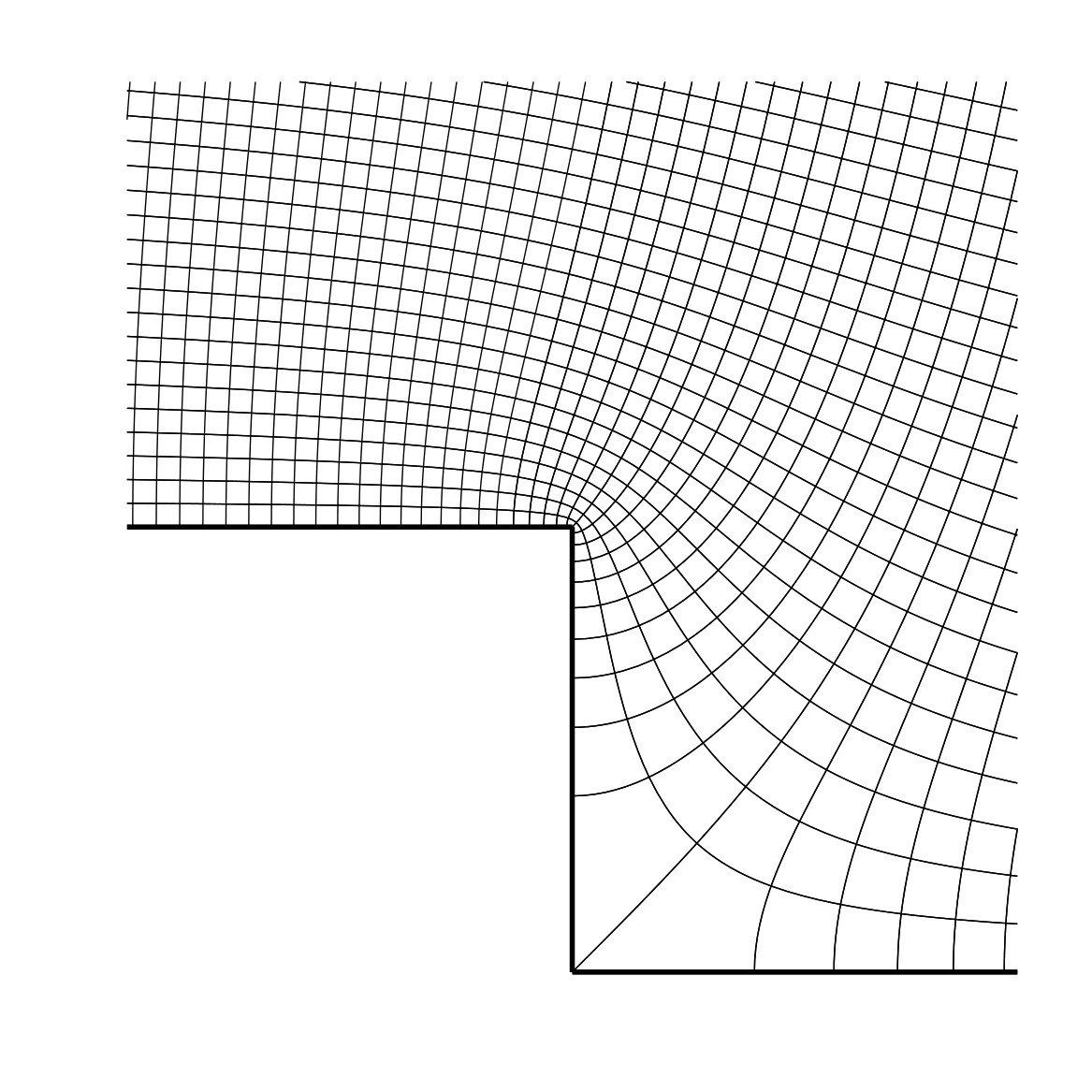
ME453 - Mathematical Methods in Engineering II
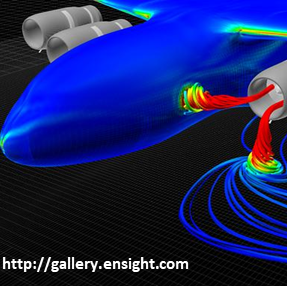
ME430 - Advanced Fluid Mechanics
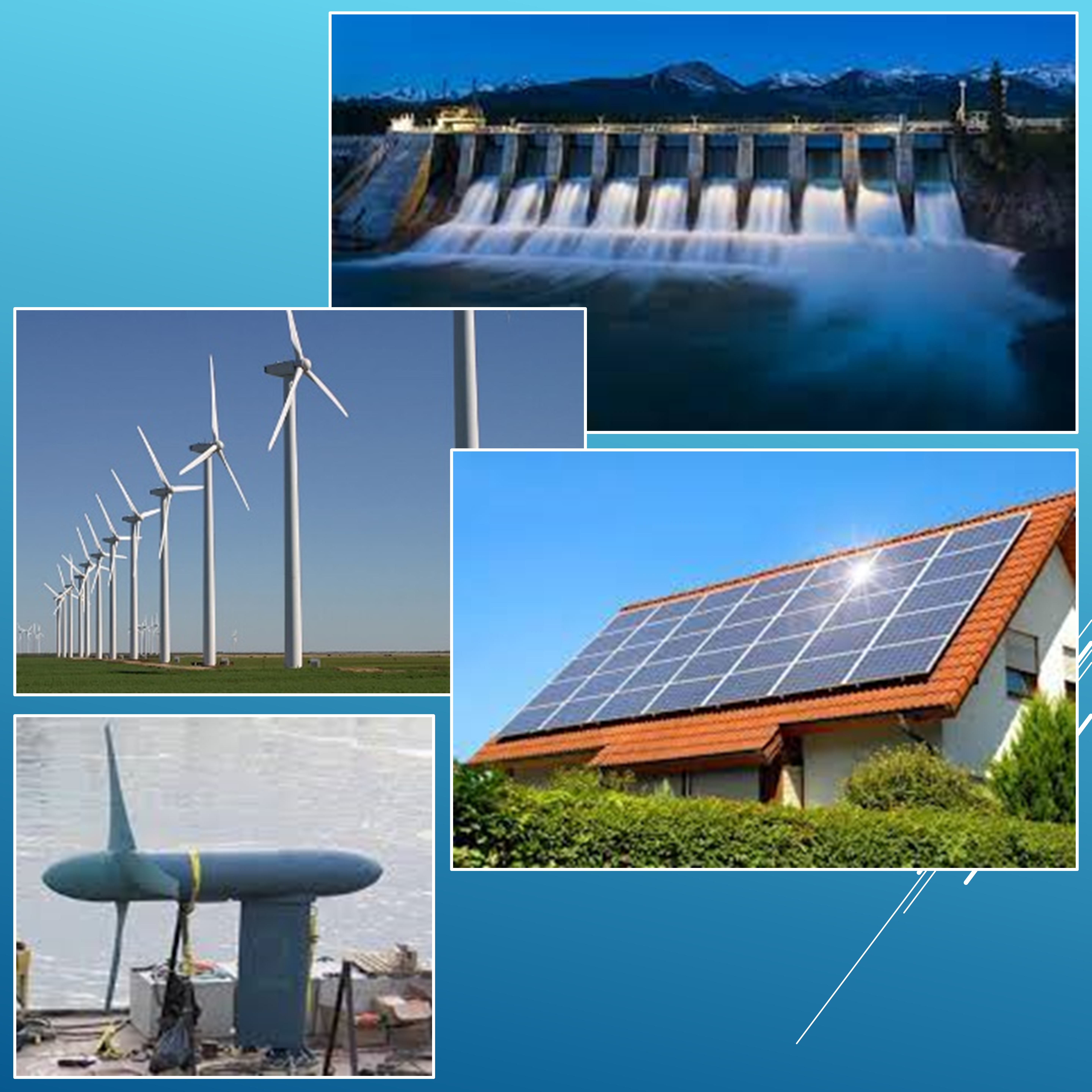
ME464 - Renewable Energy
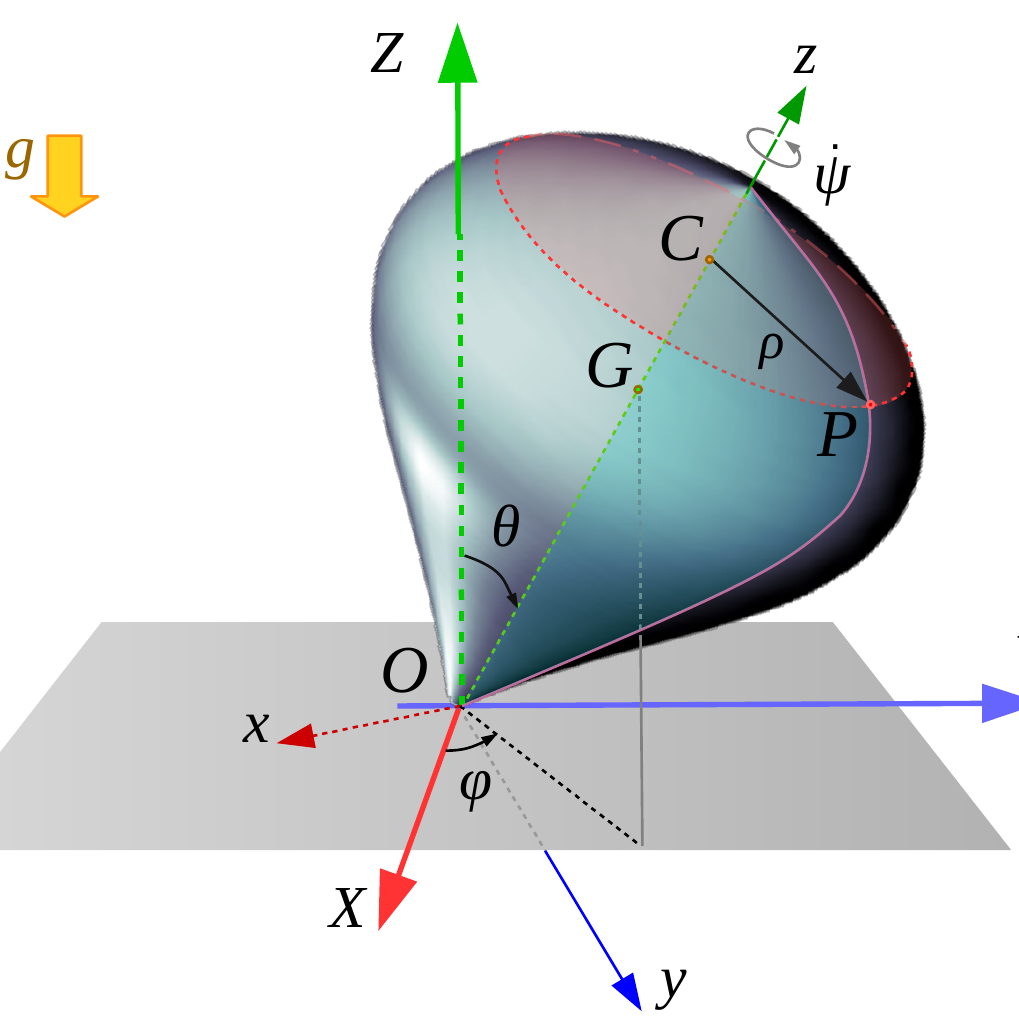
MECH425 - Analytical Methods in Dynamics and Vibrations
For complete descriptions of course offerings in Mechanical Engineering & Mechanics, please refer to the University catalog.
